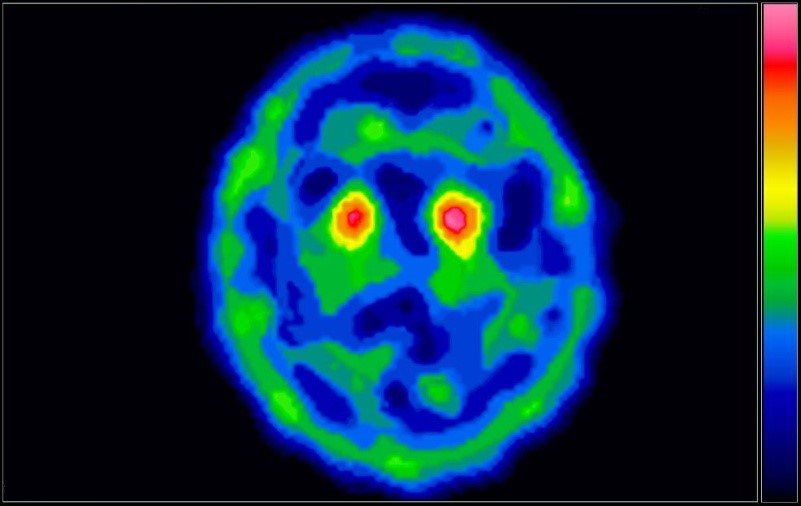Department Introduction
Nuclear Medicine | Excellence
:::


Excellence
With the advent of the cyclotron and PET scanner, nuclear medicine has stepped into the new stage of living body biochemical angiography and new era of molecular nuclear medicine, in which it is able to carry out the clinical angiography of local metabolism of various organs and cell conduction, with the aim of making early diagnosis, and understanding disease mechanisms and the purpose of the cure. In particular, the application and research of brain/heart disease, cancer, mental disorders, and liver disease will play a significant role in making great strides in molecular medicine and genetics, so as to give full play to its clinical application and research results.
Prior to the purchase of PET/CT, the division has first tried the application of image fusion, helping clinicians to cope with and understand the functional changes of various organs and tissues presented on nuclear imaging, so that diagnosis and treatment can be more clear. After the introduction of PET/CT, the accumulated practical experience of the previous artificial image fusion has worked to the benefit of the diagnosis of cancer.
There were more than 100 radionuclide therapies in vivo in 2008, most of which used radioactive iodine to treat differentiated thyroid adenocarcinoma. On top of that, there are radionuclide therapies in vivo from interdepartmental cooperation, including using Y-90 Zevalin (CD20 antibody attached to yttrium-90) to treat B-cell lymphomas and using Y-90 SIR-Sphere (yttrium-90 resin particles) to treat colorectal cancer liver metastases.

We also work with the Radiation Oncology Division to make full use of the function of PET/CT scanners and enhance the festures of image-guided radiotherapy (IGRT). In addition to conventional tumor radiotherapy using anatomical images, along with the tumor biological imaging treatment program made by FDG PET and the simulation plan made using four-dimensional (4D) CT and 4D FDG PET, the division has improved curative effects and reduced side effects of treatment.
In combination with PET/CT scanners, we introduced the real-time positioning management (RPM) system, which can prevent the image near the diaphragm from being blurred by the effect of respiratory movement during image capture.
Clinical service features and achievements in the division:
- The division is ranked number one in the central region and even across the nation regarding the service quality and the timeliness of diagnosis and treatment. For example, as the global nuclear medicine "Tc-99m breeder” shortage crisis occurred, the division was the first in the nation to propose a coping method and was one of a few hospitals that did not delayed diagnosis and treatment, for which it serves as a benchmark for nuclear medicine divisions in other hospitals.
- With the founding of the cancer center, we helped set up the only large-dose radioiodine isolation ward in the Taichung area, so that differentiated thyroid carcinoma patients in central Taiwan no longer have to rush around throughout the nation to find a ward for hospitalization.

▲
